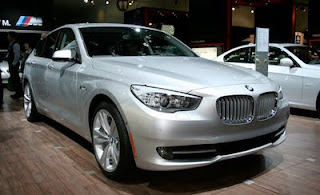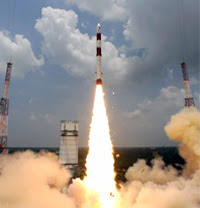It was a private interlude in Barack Obama's prime-time presidency. But the dinner he recently hosted at the White House for nine of America's most distinguished historians and scholars provided rare insight into Obama's intellectual curiosity, how he views his job, and, most important, his belief that he has a remarkable opportunity to bring transformational change to America.
For more than two hours on June 30, over lamb chops, salad, coffee, and dessert, the new president quizzed his guests on a wide range of topics in what was described as a sort of "history book club, with the president as the inquisitor." Those attending were Michael Beschloss, H. W. Brands, Douglas Brinkley, Robert Caro, Robert Dallek, Doris Kearns Goodwin, David Kennedy, Kenneth Mack, and Garry Wills. Collectively, they represent one of the most stellar collections of presidential expertise ever assembled at the White House. Others at the gathering included White House Chief of Staff Rahm Emanuel and senior adviser Valerie Jarrett.
After the session, undisclosed until now, Dallek observed that Obama "understands the dimensions of the challenge. He isn't bogged down in details. He sees the larger picture, and he sees the opportunity to do big things," such as revamp the economy, overhaul the healthcare system, achieve more energy independence, and facilitate a permanent peace settlement between Israel and the Palestinians. Obama also recognizes that "this is a major moment in the country's history," adds Dallek, author of acclaimed books on John F. Kennedy, Lyndon Johnson, Franklin Roosevelt, and other iconic figures.
The get-together with the historians was the latest effort by Obama to break out of what he calls the White House "bubble"—the rigidly controlled, isolated existence that presidents often endure inside the White House gates.
An Obama spokesman familiar with the dinner says, "Throughout the campaign, the president sought ideas from people who were not in his immediate circle," a process that he is continuing. "This kind of opportunity gives him the chance to get opinions, ideas, and perspectives he would not ordinarily get from the people he works with every day," the spokesman said, adding: "He certainly continues to reach out to people of all walks of life."
Some of Obama's predecessors also made intense efforts to stay connected to the intellectual world. Among them were Woodrow Wilson, the former president of Princeton University; Franklin Roosevelt; Theodore Roosevelt; and Kennedy. However, other presidents were less impressed with academe. Johnson, for example, didn't trust the scholarly community, partly because so many professors and their students had turned against the Vietnam War and LBJ's leadership. Ronald Reagan, whose philosophy was fully formed when he reached the White House, didn't feel the need for Obama-style "salons."
But Obama, a former teacher of constitutional law at the University of Chicago, clearly wants to remain immersed in the world of ideas. The dinner began with drinks with the historians, and then they all adjourned to a dining room where they sat at an oblong table, with the president at the center.
Obama asked each of his guests to talk about the presidents he or she had studied, with the goal of providing insights into the problems that Obama faces today. At one point, Obama volunteered that he finds it a special challenge to carve out enough free time to think, and he spends the three hours between 9 p.m. and midnight ruminating and reading.
There were moments where Obama was told some things he might not have liked to hear, such as the difficulty of waging war while at the same trying to implement an ambitious domestic agenda. One historian said Johnson's Great Society programs got sidetracked by the Vietnam War, and another noted that Wilson's progressive agenda was diverted by World War I.
The historians also talked about the difficulty that past presidents had in reforming healthcare, including Franklin Roosevelt and Harry Truman. But Obama made it clear that overhauling healthcare remains one of his top priorities.
Through it all, Obama showed himself to be a good listener—reserved and deliberative, thoughtful and congenial. He later told aides that he would like to host the historians again, along with others from outside government. It's the kind of break from the bubble, aides say, that he wants to make into a habit.

 6:00 PM
6:00 PM
 Amazing world, global issues
,
Amazing world, global issues
,















